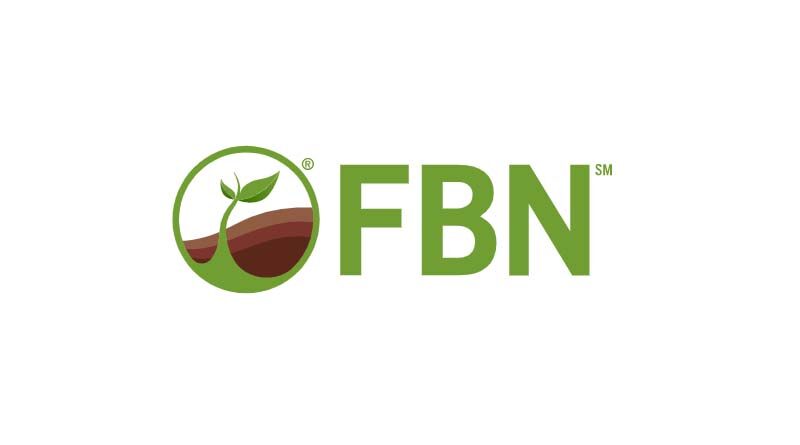Winter Wheat: Where Are Prices Heading in 2023?
24 August 2022, US: Winter wheat harvest is wrapping up but planting season will be here soon. As we head into the planting season and think about where we may be this time next year, the price environment could be different. But, today we do have prices that are historically high.
Wheat futures still are elevated despite the pull back we have had the past several weeks. Markets remain sensitive to news developments out of the Black Sea, keeping volatility present. Now, Chicago and Kansas City markets are trading around pre-invasion levels (along with Minneapolis), suggesting that the market views the risk of losing wheat supplies from the war is alleviated and/or that other countries have sufficient supplies to offset losses in Ukraine.
Nearby wheat futures
Our bias is that winter wheat futures are undervalued at the moment given the uncertainty about export potential from the Black Sea and the shrinking global stocks outlook. But that does not imply producers will have smooth sailing in the US, especially when considering where prices could be at this time next year. Indeed, many things can and will change between now and harvest season in 2023 that could weigh on futures.
Price models point to a modest boot in U.S. winter wheat area
Today’s values of new-crop futures suggest farmers could be drilling more wheat this year as compared to last year. Price modeling points to a tally at about 35 million acres that could be planted this fall, which would be a total not seen since the 2016 crop year. FBN® is planning to conduct a winter wheat poll later this year which will offer more insight to what actually is put in the ground.
Assuming that we return to trend-like yields, acreage at 35 million puts a hefty harvest projection in next year’s balance sheet – but the crop is not likely to be large enough to add substantially to the US stocks outlook. Regardless, if the US farmer is responding this way, other countries in the Northern Hemisphere may be leaning in the same direction.
Current declining stocks-to-use pattern will be hard to overcome
On a global scale, the story is different, however. World wheat stocks are tightening, and have been for a few years. The global stocks-to-use ratio for wheat has been declining, meaning that use is out-pacing production. For 2022, USDA’s latest forecast shows global use (plus trade residual) at 789 MMT, or 9 MMT more than production.
We ran some analysis on the odds of the world being able to produce at least 797 MMT of wheat, assuming that global use would be near that level. We chose 797 MMT of global use using trends in growth and pushing that to 2023. In essence, to keep global stocks from declining in this situation, we would need to produce that volume of wheat globally, which is something that has never happened. Global wheat production is forecast at a record this year at 780 MMT.
To take it to the next step, we looked at each country’s production since 2018 and randomly selected a production total for that country, then combined each selection to calculate a global tally. We then increased that volume by the average increase in production since 2012, or 1.2%.
Total global production from the random calculations was nearly always below expected use. Here is a snapshot of nine random grabs, showing that only one scenario was there a surplus – and a surplus of 2 MMT is light indeed. After simulating the situation 1,000 times, in 136 instances we had a situation where global production exceeded consumption, or, 10.4% of the time.
Wheat production totals for 2023 plus average increase
What it means for the farmer
Our analysis suggests that at best, the current price environment is here to stay for a while, but that does not mean that markets will hold at these levels for months on end. There are many risks present and those risks are spread out for wheat.
Southern Hemisphere harvest will be here at the end of the calendar year followed by acreage estimates hitting the market for Northern Hemisphere producers. And, according to USDA, Russia has a monster crop this season. Based on all this, wheat markets are likely to remain volatile in the coming months.
What does this mean for wheat insurance?
With all that is going on in the world today it’s hard not to suggest that commodity prices could continue to see volatility. Some farmers might opt for future and options strategies if they are comfortable with the risk.
Wheat insurance is a risk management strategy that can add an extra layer of protection when markets are shaky. Historically, enrolling acres in revenue protection (RP) insurance has been a dominant choice for wheat growers looking to avoid the pitfalls of a down market. RP will protect against one’s yield as well as downside drop in the market. This allows the producer to establish a floor of guaranteed revenue giving them the ability to forward market and have peace of mind throughout the growing season.
According to recent RMA acreage enrollment data, the majority of winter wheat acres are enrolled in revenue protection (close to 90% in recent years). Price discovery is currently underway with July KC wheat futures averaging at 8.32 per bushel since August 15th and will continue averaging through September the 14th.
(For Latest Agriculture News & Updates, follow Krishak Jagat on Google News)















